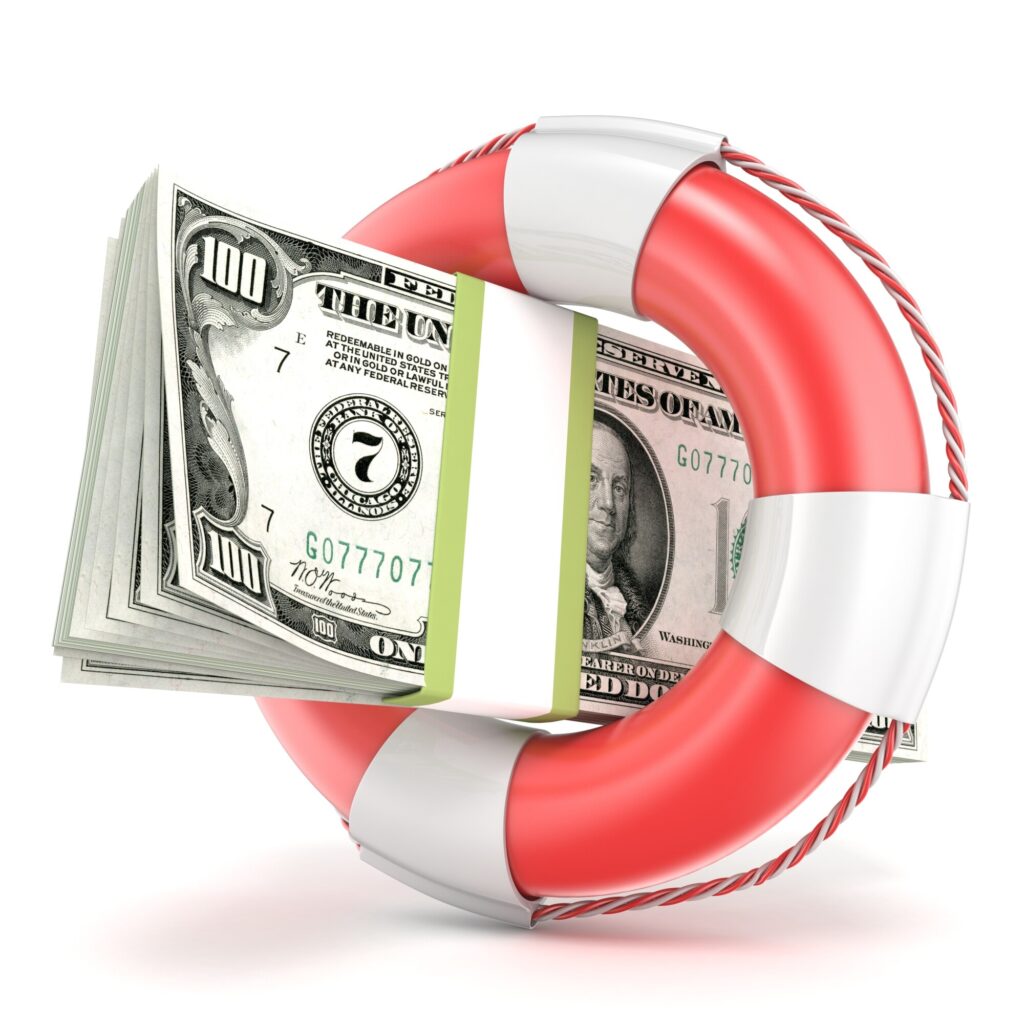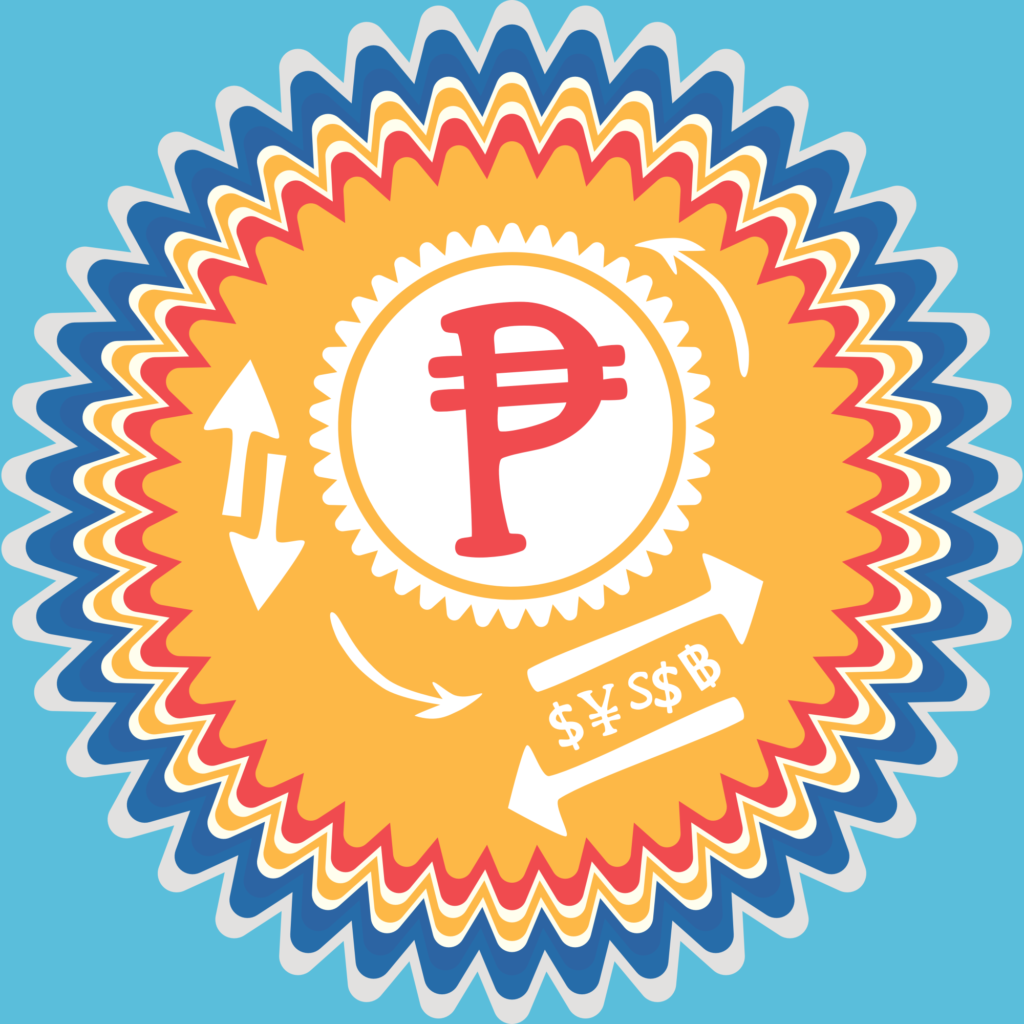While the educational system makes an attempt to provide grounding in a number of key subjects, Americans routinely struggle with financial literacy. That is a concern because personal financial literacy underpins an individual’s ability to make the financial choices that will provide financial freedom.
Understanding interest rates, for example, lets people compare and decide about things like credit cards, mortgages, and car loans. Are you asking, “What is financial literacy?”
If so, keep reading for a brief look at the key components of financial literacy.
Earning
Any financial literacy definition must include a component about earning. While most people understand that go to work and get a paycheck, they may not understand gross vs net pay.
Gross pay is typically the hours your work multiplied by your hourly pay or your agreed on salary. Net pay is what you actually get. That’s your pay after federal and state taxes and fees are taken out.
Knowing that upwards of 30 percent of your earnings will neer reach your bank account can help inform your decisions.
Budgeting
Another key element of financial literacy is budgeting. Budgeting is using a formal or informal system to organize your spending and saving. There are many methods for budgeting.
If you have no experience with making a budget, most financial literacy books can give you a basic starting point for one.
Saving and Investing
Americans are, unfortunately, bad about saving their money. In fact, around 64 percent of American adults live paycheck-to-paycheck. They have no financial reserves or even an emergency fund.
Strategic saving, even a small percentage of your income, is key to long-term financial health.
Once you master saving, then comes investing. Common approaches include retirement accounts and the stock market. You can learn more about investing at Tom Wheelwright’s website.
Borrowing
At some point, most people will take on debt. Some common examples include:
- student loans
- mortgages
- credit cards
You must understand how things like compound interest work to see the actual cost of using debt. Only after you know the actual cost can you decide if that cost is worth what you get in return.
Protection
Protection comes in a lot of forms. Your financial health depends on avoiding identity theft, which gives someone else access to your accounts. It also means getting things like home insurance, health insurance, and life insurance.
Just as important, investing and saving for retirement serves as protection for your future.
What is Financial Literacy?
The answer to the question of what is financial literacy is that it’s a set of knowledge and skills that let you make good long-term financial decisions. You can’t make good debt decisions if you don’t understand what interest rates mean in practice.
You need budgeting skills to understand where your money goes and how you can better allocate it. You need a sense of net and gross pay so you can predict how much money you’ll have for budgeting.
Looking for more personal finance tips? Check out the posts in our Business & Finances section.





Leave a Reply
You must be logged in to post a comment.